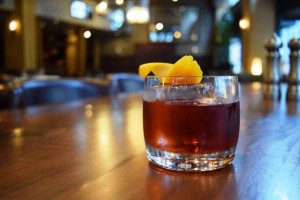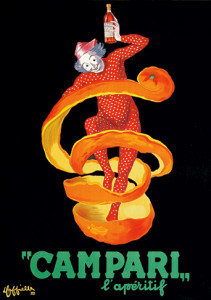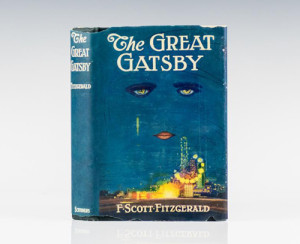Needful of a Negroni Cocktail?
Reading Time: 4 minutes.

I have been drinking Negroni cocktails recently. The Negroni presents three virtues: it contains gin, it is bitter and it is simple to make (equal parts gin, Campari and sweet vermouth). Its simplicity makes it superior for quiet mixing at home or when one is faced with modestly-adept bartenders, as noted by Kevin Sintumuang in the Wall Street Journal:
“That’s it?” Yep. Boozy, bitter, bold and built right in the glass, the Negroni has become a steadfast sidekick for me when I need a proper cocktail at a not-so-proper bar, from dive to airport. And when I’m mixing at home, there’s no other drink that produces so much satisfaction with so little effort.
Read the article here: The Only Negroni Recipe You Need
One place to start for a little history is Conde Nast Traveler:
Iconic bartender Gary Regan, a Brit who now makes his home in the Hudson Valley, is the go-to man for Negroni history. He recently published The Negroni: Drinking to La Dolce Vita,which traces the drink back to Florence in 1919. According to reliable lore, the cocktail was born when an Italian bartender responded to a customer’s demand for a stiffer riff on an Americano cocktail (a much-tamer mix of Campari, sweet vermouth, and club soda). The patron, Count Camillo Negroni, had picked up a taste for strong liquor while working—true story—as a rodeo clown in the American Wild West, and gave his name to the resulting concoction. Today, Regan estimates that the drink appears on “about 300 percent more cocktail lists than 10 years ago.” One caution for the uninitiated, via Negroni fan Anthony Bourdain: The drink will “hit you like a freight train after four or five.”
After four or five? True. Read the entire article: How The Negroni Became Today’s It Cocktail

Here is a post by Vince Keenan, and an even more detailed article from Difford’s Guide
It’s even possible to dive into literary theory:
So I have to conclude that like the novels of F. Scott Fitzgerald, or the paintings of Henri Matisse, the Negroni has become a symbol of an older iteration of the modernist idea. Its pedigree comes with the passage of time. Just as how Matisse and his cohorts were once denounced as fauves, the insult became a badge of honor, before becoming a simple historical descriptor. The cocktail is no longer a “barbaric horror,” a bucking of antique tradition, but a part of that antique tradition itself.
It’s easier just to drink the thing and then fix another, but here’s the full post from the Subject/Object blog: On the Negroni.
Another instructional video, this time from Liquor.com:
With regard to the Negroni and films, here’s an excerpt from a post by Trevor Kensey:
“There is a thirty year age difference between us thought Mrs. Stone. Then she was ashamed of herself and by the time Paolo had emerged from the bathroom she had mixed two negronis and placed them on the glass-topped table on the still sunny terrace with a bowl of olives between. Paolo came outside with an air of abstraction. He paid no attention to the drinks, but left her sipping hers while he wandered over to the balustrade and looked moodily down into the little piazza at the top of the Spanish stairs. Mrs. Stone thought to herself, This is a time to lie low. And so she made no comment. She sipped her drink with her eyes on his grey flannel back and she thought of the night when the flannel would not stand between them.”
– Page 31, “The Roman Spring of Mrs. Stone”, Tennessee Williams.
Even its most ardent fans, myself included, must admit that the Negroni is not always enjoyable at first contact. It is a near-universal first time sipper experience that can often block one from falling in love with this stubbornly seductive cocktail. Stick with that drink and what begins by leaving a bad taste in your mouth becomes a complete joy by the time you finish your inaugural glass. By your third you will be well on your way to a lifetime of full Negroni enjoyment.
Read the full article here: The Negroni Cocktail .
If you want to see more of Mrs. Stone [Vivien Leigh] and Paolo [Warren Beatty], here is the 1961 trailer:
Let’s close with a quote by F. Scott Fitzgerald, a man who knew a good bit about cocktails:
The bar is in full swing, and floating rounds of cocktails permeate the garden outside, until the air is alive with chatter and laughter, and casual innuendo and introductions forgotten on the spot, and enthusiastic meetings between women who never knew each other’s names.
–F. Scott Fitzgerald, The Great Gatsby
